Вы здесь
Necropolis of Khanga Baba.
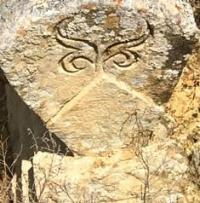
House Tours on Manyshlak.
"In Hanga Baba there are several chalk mountains and large deposits of alabaster. There was a large Turkmen mosque, with several schools and a strange house, the remains of the walls of which are still visible. About 800 mulberry trees grow on the slopes of the ravine adjacent to these ruins "the Kyrgyz take care of them and consider it a sin to break even a twig from these trees"
Colonel N.L. Lomakin.
Ancient monuments of Mangistau region.
Necropolis of Khanga Baba is located at an altitude of 86 to 97 meters above sea level, in valley of same name, north of Oi valley, 2.1 kilometers south of Fort-Shevchenko - Zhangyldy road, 19 kilometers northeast of village of Kyzylozen, 26.8 kilometers east and slightly south of city of Fort-Shevchenko, in Tupkaragan district, Mangistau region.
This is an open air museum. Spring water, thickets of hawthorn, blackberry, mulberry, elm, poplar. Here is the ancient necropolis of Khanga Baba with a mosque and the mausoleum of Khanga Baba. Having visited this place with the Karatau expedition in the 50s of the XIX century, Taras Shevchenko called him the number one miracle in Mangyshlak, here he made a sketch of the general appearance of its central part.
Comparing the picture with the current state of the necropolis, significant changes can be noted: the pyramidal chalk mountain has now turned into a gentle hill, the portal domed mausoleum - into ruins, and tombstones appeared in the mulberry alley.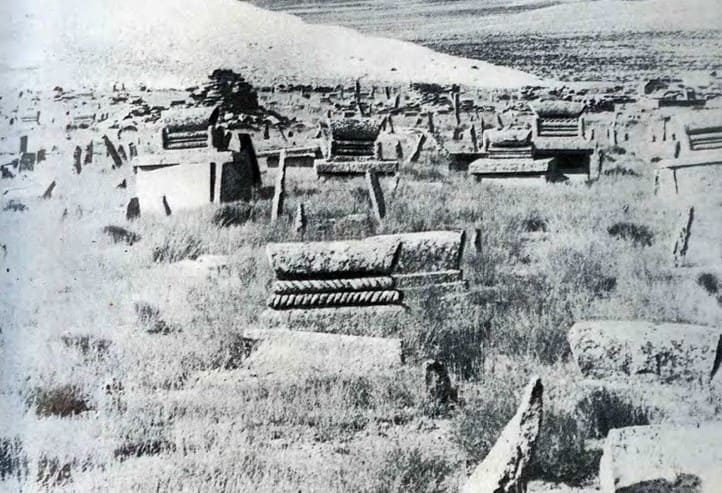
Colonel N.L. Lomakin, who conducted a reconnaissance survey of Mangyshlak in 1870, wrote that “there are several chalk mountains and large alabaster deposits in Khanga Baba. There was a large Turkmen mosque, with several schools and a strange house, the remains of the walls are still visible now.
On the slopes "about 800 mulberry trees grow in the ravine adjacent to these ruins, the Kirghiz take care of them and consider it a sin to break even a twig from these trees." The picture described by N.P. Lomakin, generally preserved to this day.
The vast territory of the necropolis is divided by a ravine into several parts. First of all, these are Turkmen and Kazakh monuments. The third group includes Turkmen small forms of tombstones. Turkmen steles, found occasionally on the Mangyshlak necropolises, have nothing to do with Kazakh kulpytases.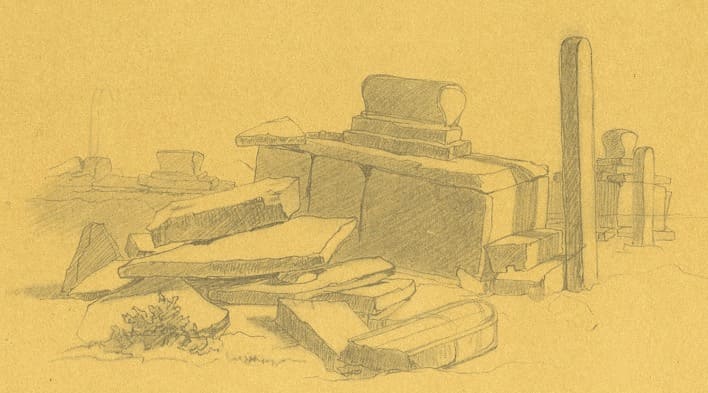
Kulpytasy resemble "horned pyramids" for its voluminous structure and similarity with argali horns - the motif of the horns is known among all the Turkic peoples of Central Asia. Turkmen small forms are far from the geometric pyramid.
Deprived of decorative processing, with the exception of images of a saber curve and inscriptions in the form of sayings from the Qur'an, they noticeably differ from this kind of Kazakh monuments.
The ruins of the old mosque, located in the second part of the necropolis, with the main facade facing the rectangular courtyard, fenced with a destroyed adobe fence.
Geographic coordinates of Khanga Baba necropolis: N44°27'22 E50°35'38
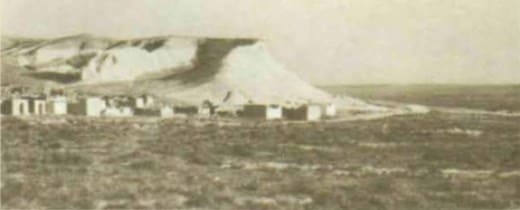
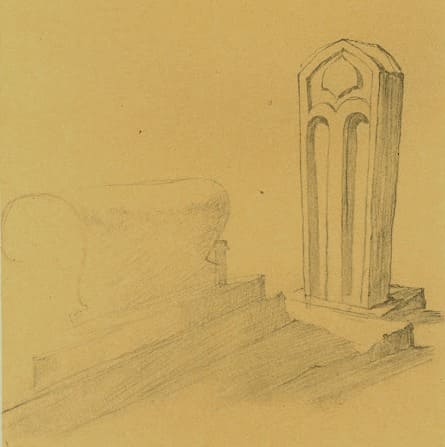
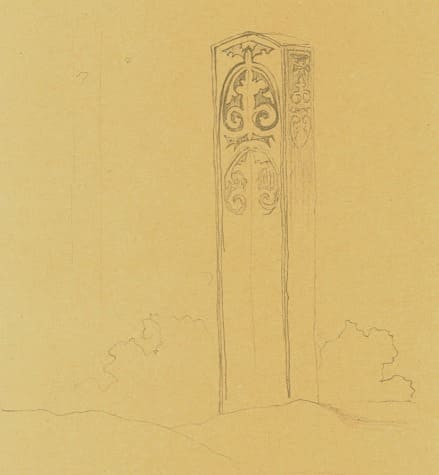
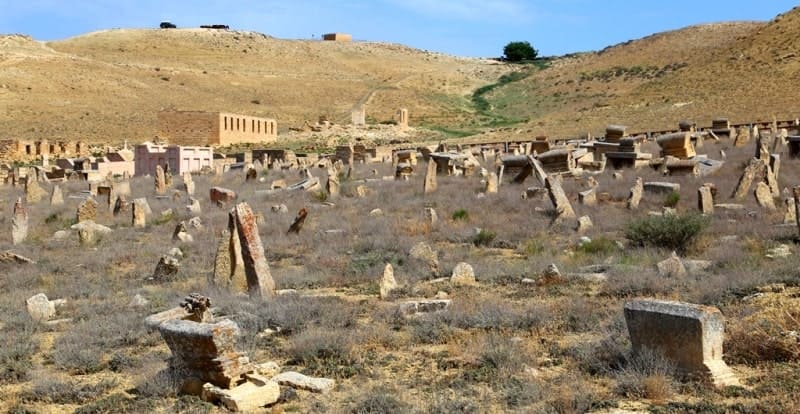
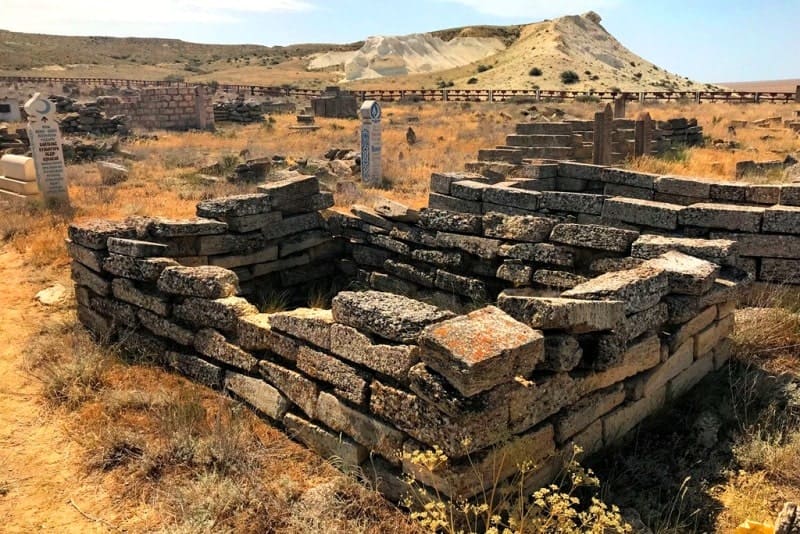


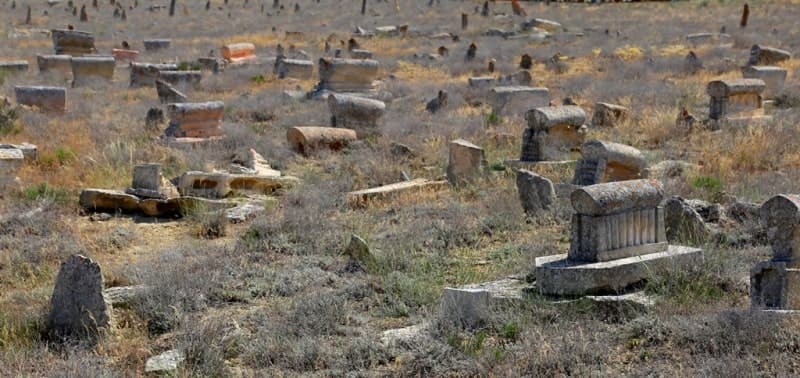
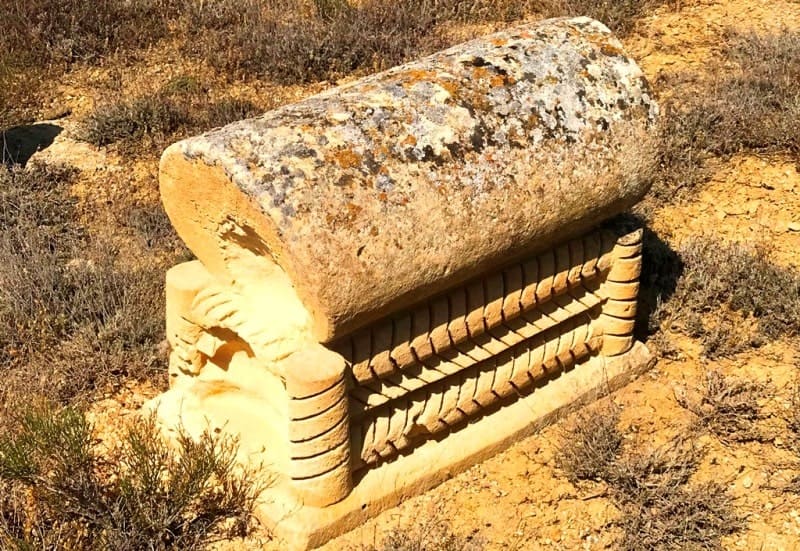
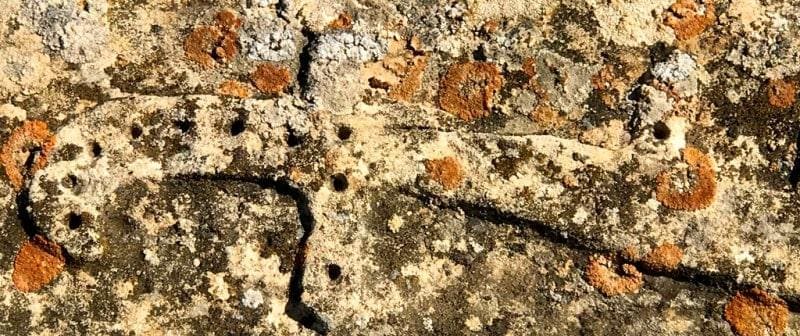
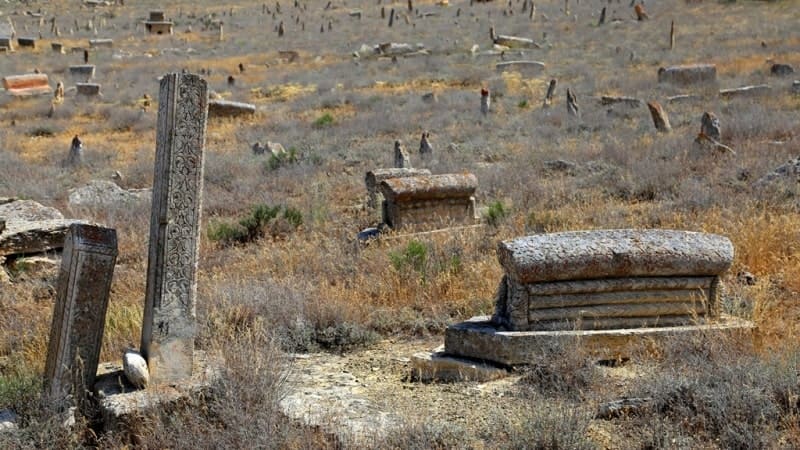
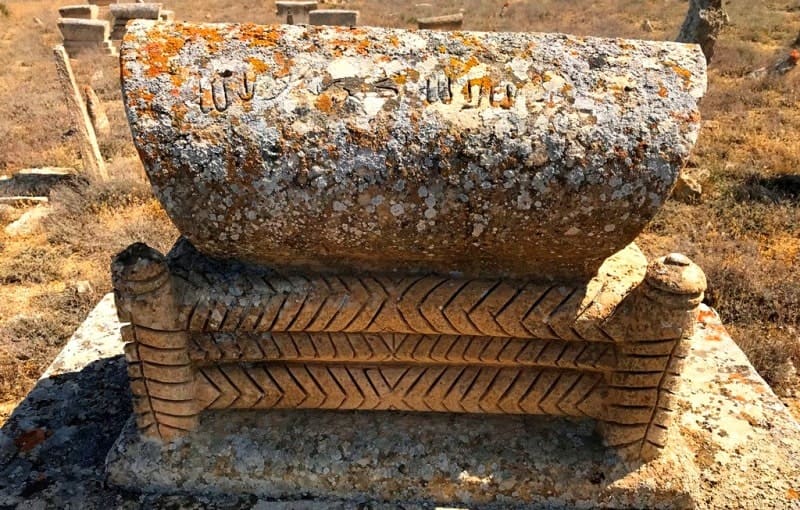
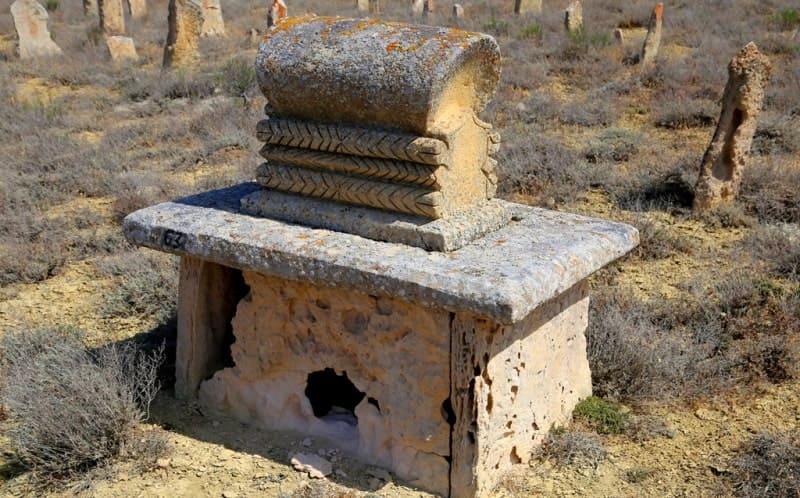
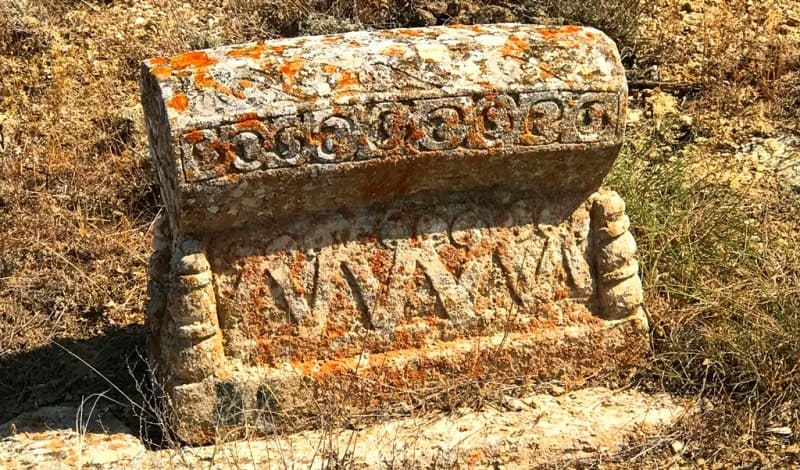

Authority:
"Monuments of Central Asia." Author M. Khashimov. Saga Publishing House, 2001.
Photos by:
Alexander Petrov.







